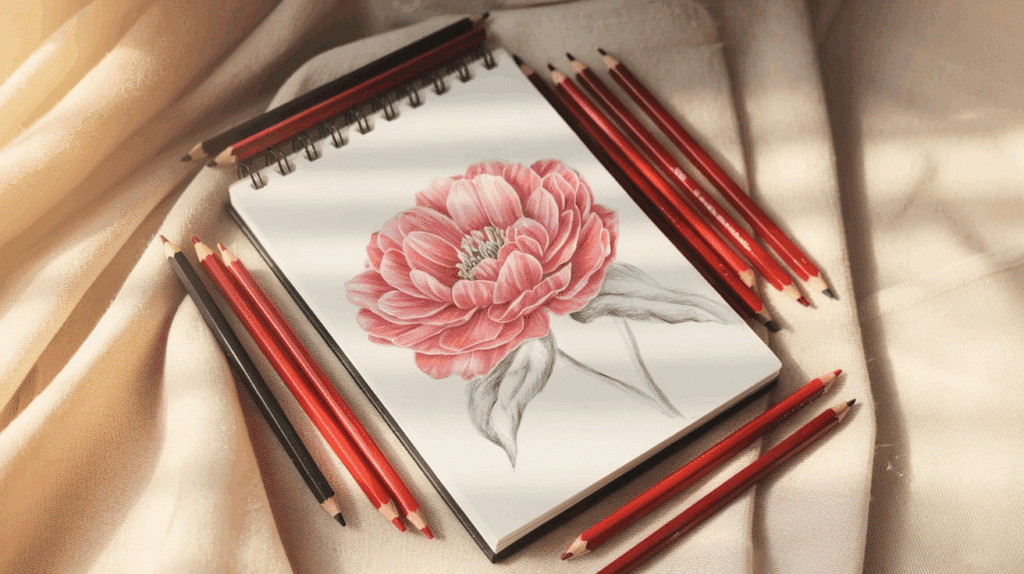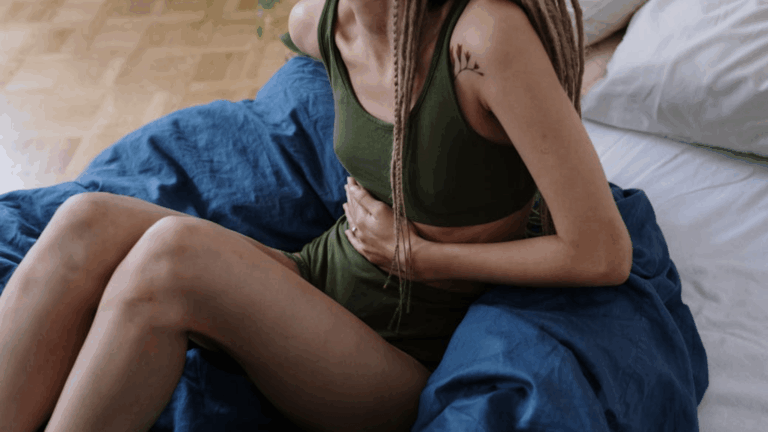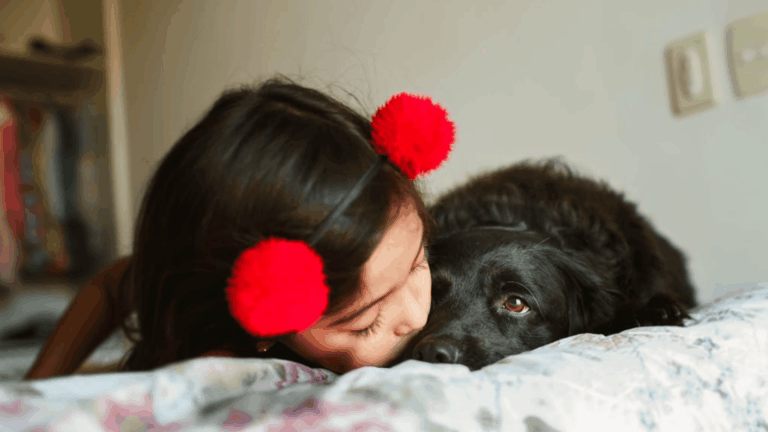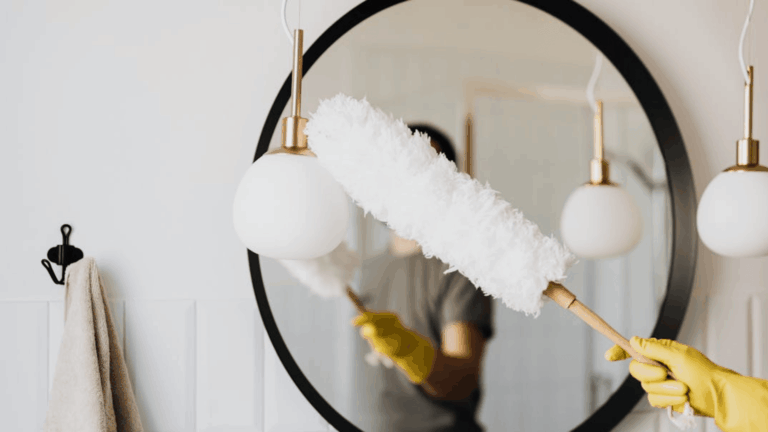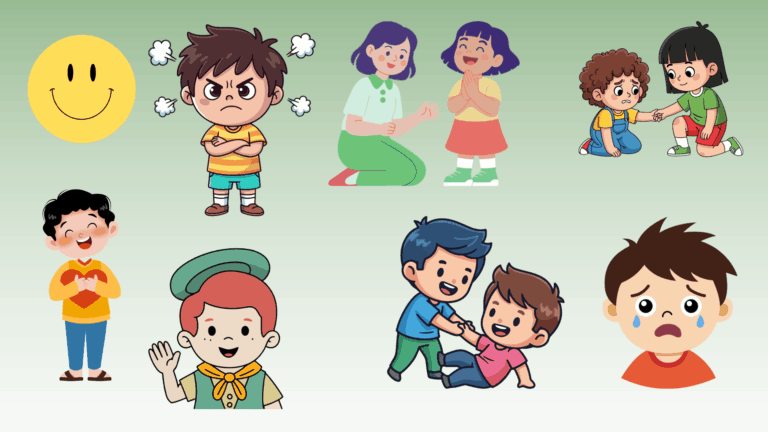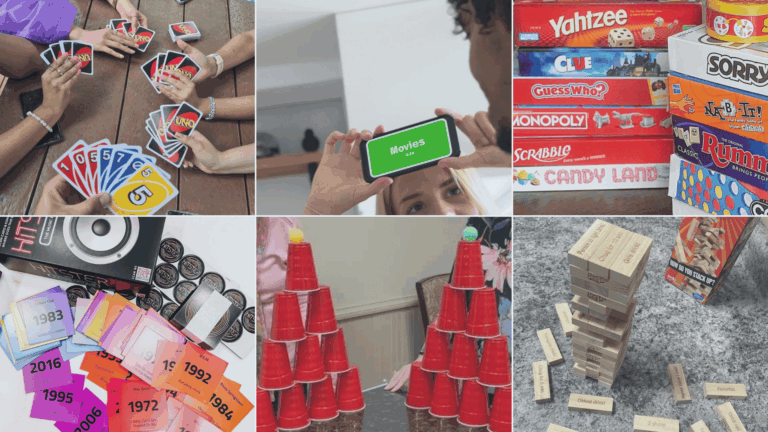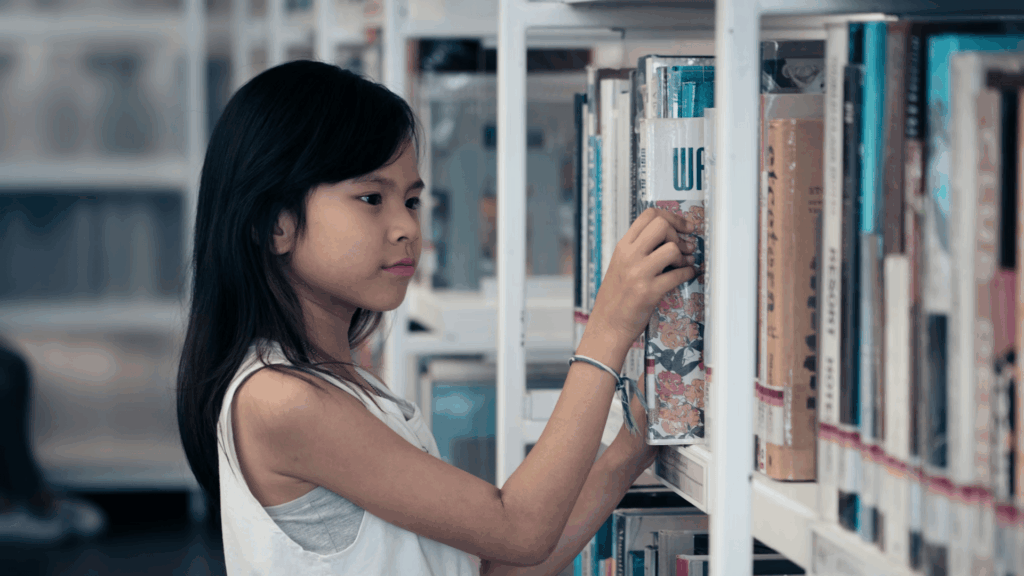Many artists hesitate when using red in their work. They see its boldness and strong impact, then worry about going too far with this powerful color. But red brings life and energy to artwork like no other shade can!
What if you could master red without the fear? The secret lies in picking the right subjects that showcase this color’s full range.
Red can make your art stand out, grab attention, and arouse emotions in those who view it. From soft pink-reds to deep burgundy, each tone tells a different story on paper.
This blog shows you perfect red things to draw, helpful tips for working with this tricky color, and ways to avoid common mistakes. You’ll soon feel confident adding red to your art collection!
Why Red is a Powerful Color in Art
Red holds a unique spot in art as one of the most striking colors to use. It often represents strong emotions such as love, anger, and passion.
Many artists pick red when they want to show power or grab attention in their work. When you put red on a canvas, it immediately stands out to viewers, our eyes notice it first among other colors.
Red has different meanings to people around the world: luck and joy in China, love in Western countries, and life in many African cultures.
Throughout history, artists have used red to arouse specific emotions in their viewers. The color can make your heart beat faster and create feelings of hunger or excitement. This makes red a key tool for any artist.
Tips for Making Red Stand Out in Your Drawings
When using red in your artwork, picking the right shade makes all the difference. Bright red gives energy, while crimson adds depth, and scarlet brings warmth to your piece. The shade you choose sets the mood for your entire drawing.
To make red truly stand out, pair it with colors that complement and enhance its vibrancy. Green sits opposite red on the color wheel, creating a strong contrast. Black and white also work well to frame and highlight red areas in your art.
- Try layering different shades of red to build depth and richness.
- Add texture with dots, lines, or brushstrokes to make the red more interesting.
- Use red for key parts of your drawing to achieve the most impact.
- Practice the 80/20 rule – use red in approximately 20% of your composition to maintain balance.
When used with care, red can become the star of your artwork without taking over the whole show.
Inspiring Red Things to Draw
Now that you understand how to use red effectively in your art, let’s look at some exciting red things to draw. These ideas will help you practice working with red while creating eye-catching pieces.
From simple items to more complex scenes, each suggestion offers a chance to play with different shades of this bold color.
1. Red Vintage Typewriter
A retro red typewriter with intricate keys and a glossy finish, radiating timeless charm. A beautiful subject for watercolor with red flowers and green leaves for a vintage vibe.
- How to improvise: Try unique angles like a top-down view or tilted side shot. Include a typed page or place it near florals on a rustic wooden desk for added nostalgia.
- Skill Level: Intermediate
2. Crimson Dragon in Flight
A majestic red dragon soaring through the sky, brought to life with pencil colors. Its fiery scales and sweeping form make it perfect for bold compositions.
- How to improvise: Vary the dragon’s pose, add a stormy sky, or incorporate mythical elements like riders or castles.
- Skill Level: Beginner
3. Red Poppy Field at Sunset
A vibrant field of red poppies set against a warm, golden sky arouse a sense of peace and natural beauty. Ideal for loose, expressive techniques using acrylic paints.
- How to improvise: Shift the scene to a gentle sunrise for a softer mood. Add a distant farmhouse for
- Skill Level: Advanced
4. Red Koi Fish in Pond
A serene red koi fish swimming among lily pads, inspired by traditional Japanese art. Perfect for clean, minimalist designs using watercolor.
- How to improvise: Add gentle ripples to suggest movement, introduce more koi for rhythm and flow, or set the scene at night under moonlight for a tranquil contrast.
- Skill Level: Intermediate
5. Scarlet Hot Air Balloon
A red hot air balloon floating over a whimsical landscape, evoking a sense of fun. Perfect for soft, dreamy compositions using oil pastels.
- How to improvise: Change the landscape to mountains or a festival, or add patterns to the balloon.
- Skill Level: Beginner
6. Red Velvet Cake Slice
A rich red velvet cake slice with creamy frosting, tempting and full of detail. Ideal for food art enthusiasts using acrylics to capture texture and color.
- How to improvise: Add a fork, place it on a fancy plate, or depict it half-eaten for realism.
- Skill Level: Beginner
7. Cardinal Sitting on a Branch
A bright red cardinal perched on a branch, contrasting vividly with the white backdrop. Perfect for clean, striking artwork using oil pastels.
- How to improvise: Focus on cardinal feathers, and use highlights for added depth.
- Skill Level: Beginner
8. Realistic Red Apple Pencil Sketch
A detailed pencil sketch of vibrant red apples, focusing on texture and light to create a realistic, three-dimensional look.
- How to improvise: Highlight the apple’s shine using light shading and build up darker tones gradually to emphasize its form and depth.
- Skill Level: Intermediate
9. Red Lipstick Women’s Portrait
Bold red lips in a pop art style, exuding confidence and flair, sketched on a woman’s face in a 3/4 side view with charcoal pencil and a splash of red color for emphasis.
- How to improvise: Focus on sharp contrasts between the charcoal and red, and use subtle shading for the face to make the lips stand out.
- Skill Level: Beginner
10. Red Umbrella in Rain
A girl in a red dress holding a red umbrella in a rainy city, creating a moody and atmospheric scene. Perfect for soft, see-through effects and subtle shading.
- How to improvise: Focus on soft blending to capture the rain’s translucent nature, and add reflections in puddles to enhance the atmosphere.
- Skill Level: Advanced
11. Red Eye Pencil Sketch
A striking pencil sketch of an eye with bold red accents, creating a dramatic and intense look. Perfect for capturing emotion and depth in a minimalist style.
- How to improvise: Use shading to add depth around the eye and enhance the red accent with careful highlights to make it stand out.
- Skill Level: Intermediate
12. Red Wine Illustration
A deep red wine glass is gracefully illustrated with acrylics, capturing the rich color and smooth curves of the glass. Within the wine, the faces of two people are subtly formed, using shades of red, creating a unique and artistic reflection within the glass.
- How to improvise: Focus on blending the reds and purples to create depth in the wine, and use highlights on the glass to reflect light for a more realistic effect.
- Skill Level: Easy
13. Red Moon Painting
A mesmerizing red moon is painted in watercolor, with soft, ethereal hues, creating a mystical atmosphere. Below the moon, a scenic landscape unfolds, with tones of blue, grey, and red blending harmoniously, adding depth and intrigue to the scene.
- How to improvise: Focus on creating smooth transitions between the red moon and the mountains by layering gentle washes of color, and add subtle details to enhance the moon’s glow.
- Skill Level: Intermediate
Common Mistakes to Avoid When Drawing Red
Red can make or break your artwork depending on how you use it. Many artists fall into traps when working with this powerful color.
Too much red in a drawing can tire the viewer’s eyes and lessen the impact you want to create. Just like salt in cooking, red works best when used with care and thought, especially when working with red things to draw.
- Using too much red across your drawing can make it lose its special effect. Limit it to key areas for the best impact.
- Mixing red incorrectly with colors like blue or green can create brown or muddy tones when that’s not what you wanted.
- Forgetting to add contrast around your red areas will make them blend in rather than stand out. Use dark or light colors next to red.
- Not thinking about the feelings red creates in viewers can send the wrong message. Red can signal danger, love, or anger – be sure you pick the right mood.
The Final Splash
Red brings life to artwork like no other color. We’ve explored red things to draw that create strong feelings and add drama to your art.
From vintage typewriters to fiery dragons, these red subjects offer something for every artist at any skill level.
Remember to use red as a focal point rather than filling your entire page, pair it with colors that make it shine, and build depth through careful layering techniques.
Most importantly, have fun with this bold color! Don’t worry about mistakes; they’re part of growing as an artist. Each red drawing teaches you something new about handling this powerful shade.
Which red things to draw from our list speak to you most? Share your creations in the comments below! And browse our Crafts Activities section for more fun and creative ideas!


